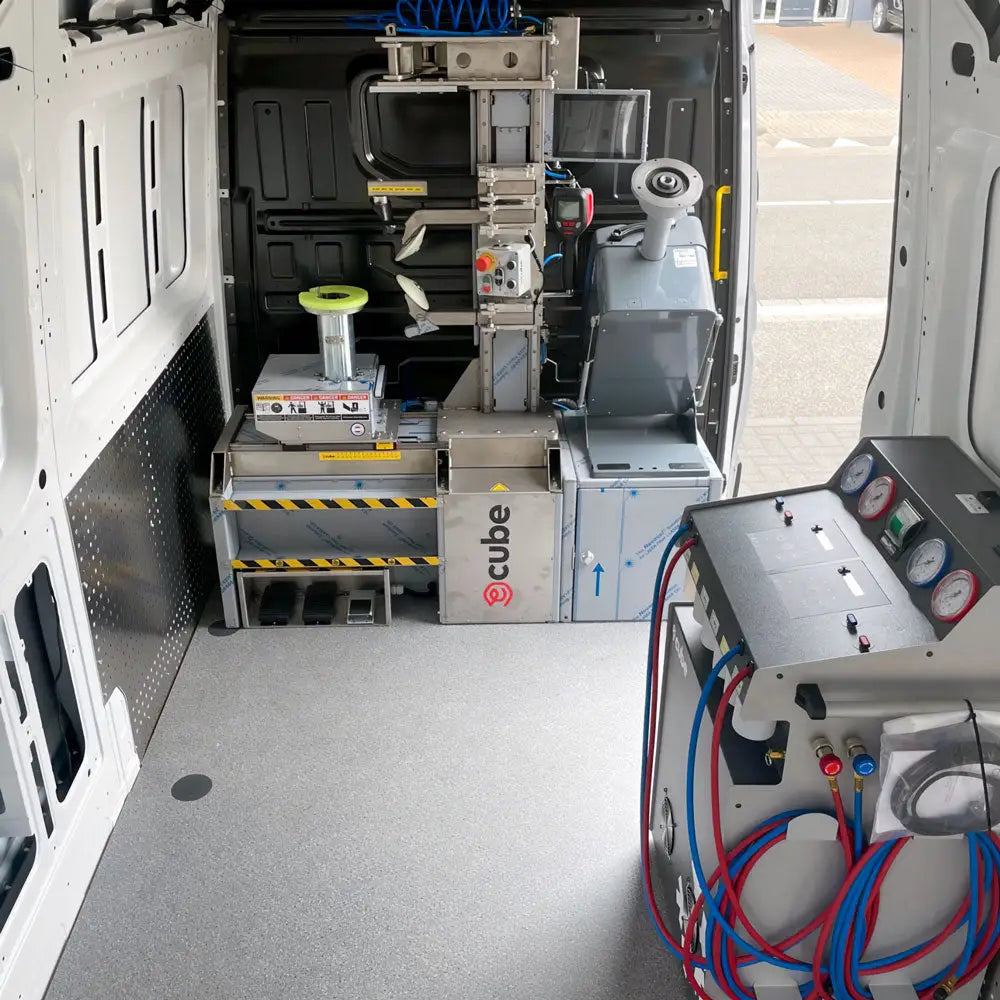Fast and Professional Mobile Tire Repair Las Vegas Services
Fast and Professional Mobile Tire Repair Las Vegas Services
Blog Article
Tire Service: Proven Methods for Optimum Tire Upkeep and Care
Maintaining optimum tire problem is paramount for both safety and performance of any type of automobile. From guaranteeing correct tire pressure to routine turning and positioning, there are proven techniques that can dramatically extend the lifespan of your tires and improve overall driving experience. As we discover the ins and outs of tire care and maintenance, we will uncover essential standards that every car owner should abide by for the ideal feasible outcomes. Let's delve into the world of tire solution and uncover the secrets to maintaining your tires in excellent form for the lengthy haul.
Importance of Tire Pressure
Appropriate tire pressure is a critical consider guaranteeing optimum car performance and safety when traveling. Maintaining the recommended tire pressure degrees provided by the producer uses numerous advantages. Adequate tire pressure promotes far better gas performance, as under-inflated tires can lead to increased rolling resistance, creating the engine to work tougher and eat more gas. Secondly, right tire stress makes sure also tread wear, improving tire long life and saving cash in the future by delaying the need for premature replacements. Additionally, correctly blew up tires add to improved handling and braking abilities, crucial for risk-free driving in numerous roadway problems. Over-inflated tires, on the various other hand, can result in lowered grip and a harsher adventure. Conversely, under-inflated tires are prone to overheating, which can cause blowouts and crashes. Consistently readjusting and examining tire pressure, especially eventually trips, is a simple yet efficient method to boost car efficiency, extend tire lifespan, and focus on safety when traveling.
Tire Turning Standards
When thinking about tire turning guidelines, it is essential to recognize the value of this upkeep task in making best use of tire life expectancy and maintaining ideal automobile efficiency. Tire turning entails altering the position of each tire on a vehicle to make certain also step wear. Front tires tend to use more swiftly than rear tires due to guiding pressures, making regular turning vital for balanced wear patterns.

Advantages of Wheel Positioning
Making certain proper wheel placement after tire rotation is essential for maintaining well balanced wear patterns and taking full advantage of vehicle efficiency. Wheel alignment refers to the modification of the angles of the wheels to the producer's specs. Among the essential advantages of wheel placement is boosted dealing with and guiding response. When the wheels are effectively aligned, it lowers steering effort, making sure a smoother and extra regulated driving experience. Additionally, correct wheel placement aids to expand the lifespan of your tires. Misaligned wheels can cause uneven tire wear, resulting in early tire replacement and raised maintenance prices.
Tire Footstep Deepness Check
Performing a regular inspection of tire walk depth is necessary for keeping risk-free driving problems and extending the lifespan of your tires. The walk on your tires plays a crucial role in providing grip, particularly in damp or unsafe conditions. To examine your tire step depth, you can use a tread deepness scale or the cent examination. The recommended walk deepness goes to the very least 2/32 of an inch. It is time to change your tires to make sure optimum efficiency and safety and security on the roadway if the walk deepness is listed below this limit. Uneven walk wear can indicate problems with tire suspension, pressure, or positioning, highlighting the relevance of regular step depth checks. Neglecting to check and preserve appropriate walk deepness can cause reduced grasp, longer stopping ranges, and an enhanced danger of hydroplaning. By integrating tire tread depth check out your routine upkeep timetable, you can drive with confidence knowing that your tires are in leading condition.
Seasonal Tire Examination
Seasonal tire examination is an essential element of tire upkeep that ensures tires are prepared to encounter the difficulties posed by various climate conditions. In preparation for winter months, it is important to check the tire stress frequently as cold temperature levels can create tire stress to drop. By conducting regular seasonal tire examinations, drivers can lengthen tire lifespan, boost gas efficiency, and most importantly, ensure a safe driving experience in varying weather condition conditions.
Conclusion
To conclude, maintaining appropriate tire stress, turning tires routinely, straightening wheels appropriately, keeping an eye on tread depth, and performing seasonal assessments are important methods for optimum tire care. see this website By following these verified approaches, vehicle drivers can ensure their tires last longer, carry out far better, and add to general vehicle safety and security. It is very important to prioritize tire upkeep to avoid crashes, enhance fuel effectiveness, and extend the life-span of tires.
Sufficient tire stress promotes far better gas effectiveness, as under-inflated tires can lead to raised rolling resistance, triggering the engine to function more difficult and eat more fuel.When considering tire rotation guidelines, it is vital to recognize the value of this upkeep task in taking full advantage of tire life-span and maintaining ideal automobile performance. Seasonal tire assessment is a basic aspect of tire upkeep that makes sure tires are all set to face the challenges presented by different weather conditions. By conducting routine seasonal tire inspections, vehicle drivers can extend tire life-span, improve gas effectiveness, and most notably, make certain a safe and secure driving experience in varying climate problems.
In verdict, keeping correct tire stress, revolving tires routinely, aligning wheels properly, checking step deepness, and performing seasonal assessments are necessary techniques for optimum tire care.
Report this page